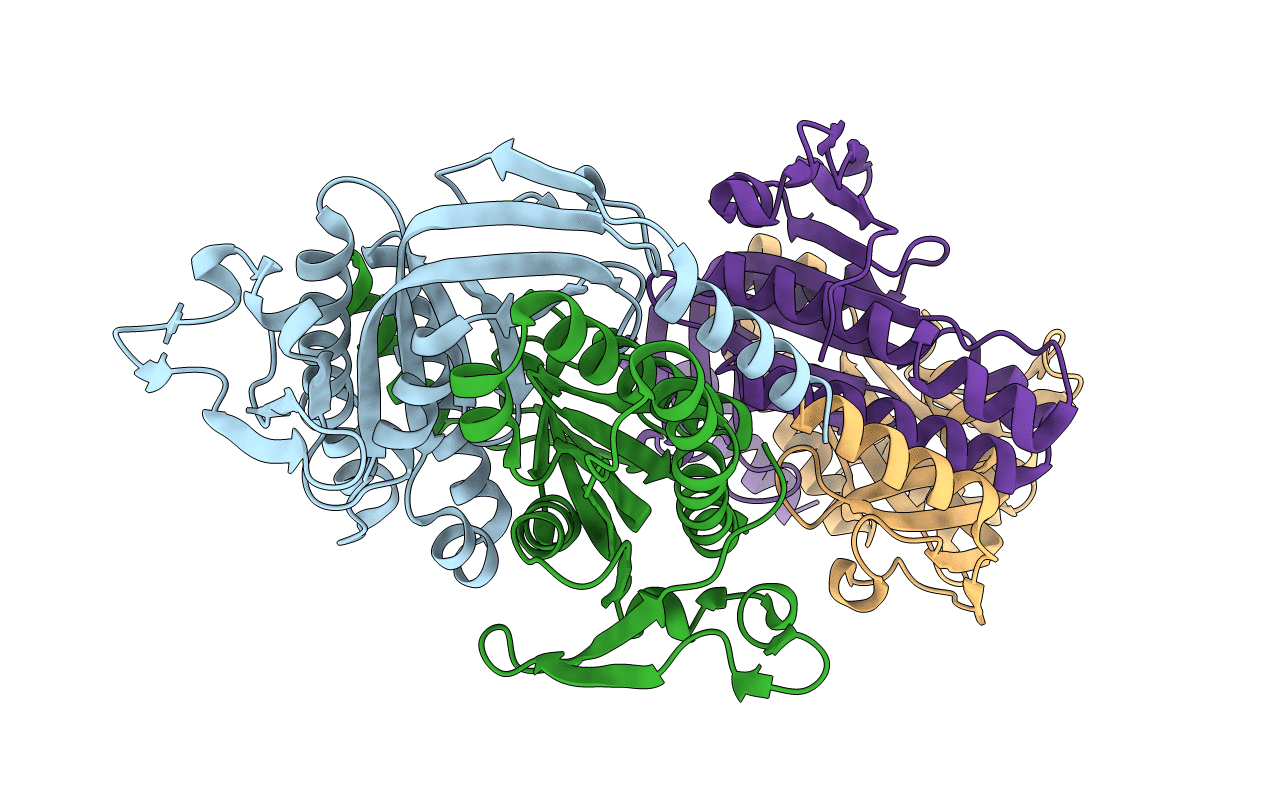
Deposition Date
2021-06-22
Release Date
2021-10-13
Last Version Date
2024-10-16
Entry Detail
PDB ID:
7R65
Keywords:
Title:
Crystal structure of a bacterial cyclic UMP synthase from Burkholderia cepacia LK29
Biological Source:
Source Organism:
Burkholderia cepacia (Taxon ID: 292)
Host Organism:
Method Details:
Experimental Method:
Resolution:
1.45 Å
R-Value Free:
0.19
R-Value Work:
0.17
R-Value Observed:
0.17
Space Group:
P 1 21 1


